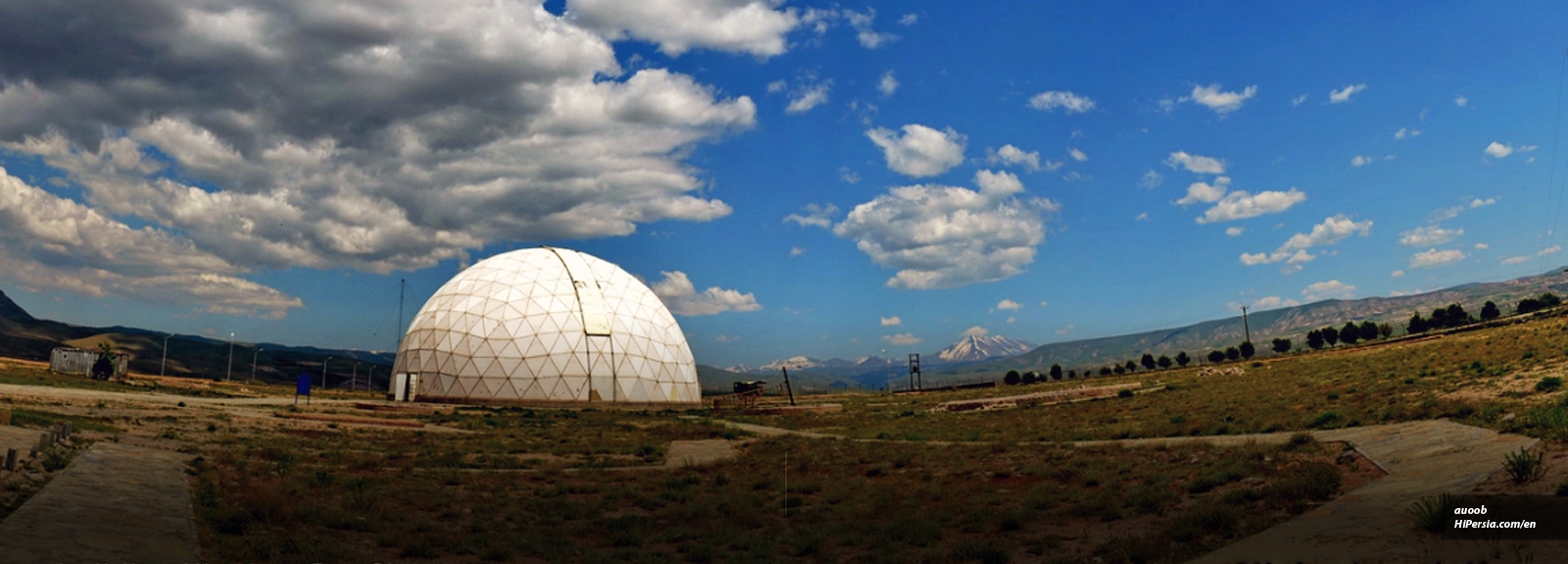



Maragheh observatory is a memorial monument of Nasir al-Din al-Tusi, which is located in East Azerbaijan province.
Maragheh observatory was built under the control of Nasir al-Din al-Tusi in the Hulagu Khan era. Nasir al-Din al-Tusi was a Persian polymath, architect, philosopher, physician, scientist, and theologian. Maragheh observatory was built on a hill, west of Maragheh, between Taleb Khan and Haji Kord village. You will see Lake Urmia from this hill. Currently, the foundation of some parts and a sextant (astronomical) has remained. This observatory contains a library with four thousand books and astronomical instruments such as the Armillary sphere and the Ilkhanic Tables.

Maragheh Observatory was not just for watching the stars. It was also a large scientific organization which most branches of knowledge. Qutb al-Din al-Shirazi, a Persian scientist who discovered the cause of forming a rainbow, had taught at the Maragheh observatory. Also, Euclid's Elements and Almagest were taught by a Christian philosopher.

The main building of the observatory was constructed like a cylindrical tower. The library and accommodation of the employees were placed next to the main building. A dome has been built above some part during the last years to protect the remains of the Maragheh observatory.
Nasir al-Din al-Tusi has codified the Ilkhanic Tables due to his observation at the Maragheh observatory. The oldest version of the Ilkhanic Tables is kept at the National Library of France.
Maragheh has a cold and humid climate. The best time to visit the Maragheh observatory in terms of weather is from late April to late September. The highest temperature during Summer is about 35 ° C, and the lowest temperature during Winter is 20 ° C.
Maragheh Observatory is located on Rasadkhaneh Street, Vali-Asr Boulevard. You can ride a bus and get off at 12-Metri Golha Street. It is a 23-minute walk from the bus station to the Maragheh observatory.






“Oh! Squander not this breath that Heaven hath lent thee, Nor make too sure another breath to borrow!’” Khayam